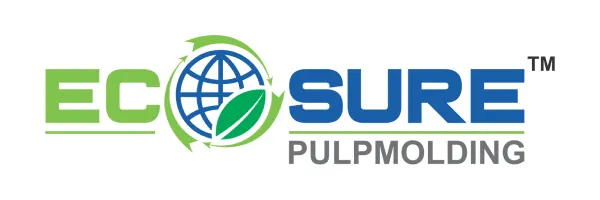Industrial Packaging Solutions that use pulp molding technology


Our Story

Our Key Differentiators include:
- High degree of automation combining forming, drying and hot pressing automatically, saving labour and reducing land occupation.
- Drying system with high efficiency and energy saving.
- High-performance moisture removal system, low energy consumption.
- Superior speed, high precision, good controllability with pre-press function, ability to produce small-angle products.
- High repeat positioning accuracy suitable for various complex product design.
- Unique positioning device with rapid mold replacement, shortening the production cycle.

Benefits
Unlocking Efficiency and Consistency

Our Story
Industrial Packaging Machines

Understanding Pulpmolding
Pulpmolding is a process that utilizes a mixture of recycled paper, water, and additives to create molded fiber products. This technique is particularly popular for its versatility, making it suitable for various packaging applications.

Eco-Friendly Packaging
One of the key advantages of pulpmolding in industrial packaging machines is its inherent sustainability. By utilizing recycled paper as the primary raw material, pulpmolding significantly reduces the environmental impact associated with traditional packaging methods.

Decision Making Tool
Smart decision-making with our construction ERP and project management software. Gain real-time insights through powerful business intelligence and intuitive dashboards.

Scalable
Civit BUILD contracting & construction ERP crafted to meet the growing demands of your expanding enterprise. Stay agile, streamline processes, and thrive in a dynamic construction market with Civit Build

Access Anywhere Anytime
Revolutionizing construction management with cloud-powered ERP and project solutions. Experience unparalleled mobility from anywhere, empowering seamless collaboration and project control.

Futuristic
Civit BUILD project management software for the future. Stay ahead with innovative solutions tailored to embrace rapid technological change in the construction industry.

